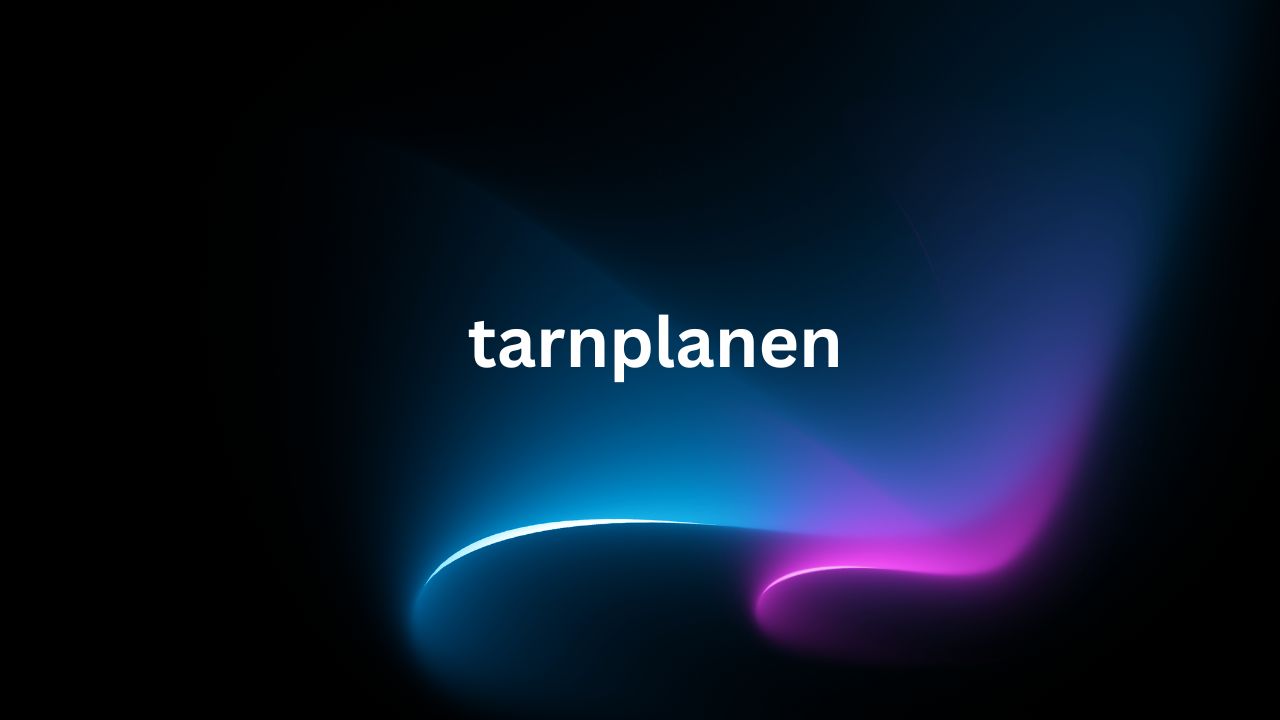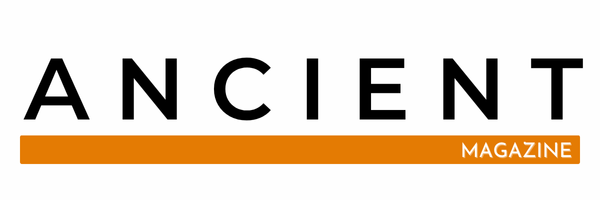tarnplanen

Understanding Tarnplanen in Modern Project Management
In today’s rapidly evolving project management landscape, the need for adaptive, forward-thinking methodologies is more crucial than ever. One emerging concept that has garnered increasing attention is Tarnplanen. This innovative strategy challenges conventional approaches by blending structure with adaptability, aiming to optimize team performance, communication, and project outcomes. As organizations face mounting complexity in their operations and markets, Tarnplanen offers a promising path toward more resilient and responsive project execution.
Tarnplanen is not just a methodology; it represents a mindset shift. Unlike traditional models that are often bound by rigid protocols and linear progressions, Tarnplanen emphasizes fluidity and real-time adaptability. This paradigm shift can dramatically enhance how teams operate in dynamic environments, making it a critical topic for project leaders, strategists, and innovation-driven enterprises.
The Evolution of Tarnplanen: From Rigidity to Responsiveness
The roots of Tarnplanen lie in the structured environments of traditional project management. Earlier implementations focused on fixed timelines, extensive documentation, and predefined milestones. While such systems offered clarity and predictability, they often fell short in scenarios that demanded quick pivots or iterative refinements.
The turning point came with the global rise of Agile methodologies. These newer frameworks introduced the value of incremental progress, cross-functional collaboration, and customer-centric feedback loops. Tarnplanen emerged as a refined synthesis of these principles. It evolved to support dynamic, context-sensitive planning that enables teams to react in real time to changing priorities.
In this modern iteration, Tarnplanen integrates core elements of Agile—such as sprints, stand-ups, and retrospectives—while preserving the strategic oversight of traditional project planning. The result is a hybrid model capable of navigating uncertainty without sacrificing direction or accountability.
Key Benefits of Tarnplanen in Project Management
Implementing Tarnplanen delivers a wide array of strategic and operational benefits. First and foremost, it significantly enhances flexibility. In a survey by PMI (Project Management Institute), over 71% of organizations stated that project adaptability is vital for success in the current business environment. Tarnplanen directly addresses this need by enabling quick reconfiguration of tasks based on real-time insights and stakeholder input.
Moreover, Tarnplanen fosters deep collaboration. Its emphasis on transparent communication and shared responsibility empowers teams to work cohesively, breaking down departmental silos and encouraging continuous dialogue. This collaborative ethos is particularly valuable in distributed work environments, where alignment can otherwise be challenging.
The methodology also supports smarter resource allocation. Rather than distributing resources uniformly across a static project plan, Tarnplanen allows for targeted investment where and when it’s most needed. This ensures optimal use of time, talent, and budget—three pillars of successful project delivery.
Crucially, Tarnplanen instills a culture of continuous improvement. Teams are encouraged to reflect on their performance regularly and iterate their approach, promoting both personal and organizational growth over time.
Navigating the Challenges and Limitations of Tarnplanen
Despite its promise, Tarnplanen is not without challenges. One of the most persistent barriers is organizational inertia. Teams that have long operated under conventional systems may resist change, especially when the new framework demands a shift in mindset and workflow.
Additionally, effective adoption requires comprehensive training. A 2022 Gartner report noted that the lack of adequate upskilling is a leading cause of failure in digital project transformations. Without a clear understanding of Tarnplanen principles and processes, teams risk falling into fragmented or inconsistent application.
Another risk lies in mismanaging the flexibility inherent to Tarnplanen. If not controlled through proper governance, flexibility can lead to scope creep—a situation where projects gradually expand beyond their original objectives, jeopardizing budgets and timelines.
Furthermore, measuring success under this model can be complex. Traditional KPIs may no longer be sufficient, necessitating the development of new metrics that account for iterative delivery, stakeholder engagement, and value generation rather than mere task completion.
The Future Trajectory of Tarnplanen in Project Management
The future of Tarnplanen appears closely tied to the broader digital transformation across industries. As artificial intelligence, automation, and big data analytics become more integrated into project environments, Tarnplanen is well-positioned to leverage these tools for smarter, faster decision-making.
For example, AI-powered tools can now predict project bottlenecks based on historical performance data, allowing for preemptive adjustments. Integration of Tarnplanen with such technologies enables predictive adaptability—adjusting strategies not just reactively, but proactively based on insights.
Remote and hybrid work trends are also accelerating the relevance of Tarnplanen. Its built-in emphasis on communication and flexibility ensures that geographically dispersed teams remain aligned. Cloud-based collaboration platforms, such as Asana, Jira, and Trello, can be seamlessly adapted to support Tarnplanen workflows, reinforcing its practicality in digital-first environments.
As organizations increasingly prioritize innovation, speed, and resilience, Tarnplanen is likely to become a core competency in project management across sectors.
Case Studies: Success Through Tarnplanen Integration
Real-world applications of Tarnplanen provide compelling evidence of its impact. A technology startup in Berlin, for instance, implemented Tarnplanen to streamline its software development cycles. Within six months, the company reported a 35% decrease in delivery time and a 22% increase in customer satisfaction ratings, thanks to faster iteration cycles and more responsive feature development.
In another case, a large construction firm based in Canada faced frequent delays due to unclear task ownership. After introducing Tarnplanen’s structured yet flexible planning system, the company achieved a 40% improvement in on-time project completion rates while also reducing interdepartmental conflicts.
A healthcare provider in Scandinavia also benefited from Tarnplanen by optimizing resource allocation during a major digital transformation. By aligning teams under a shared adaptive planning framework, they were able to cut operating costs by 18% while maintaining high standards of patient care.
These examples highlight the method’s versatility and potential for cross-industry adoption, reinforcing its relevance in both product-focused and service-driven enterprises.
Integrating Tarnplanen into Your Strategic Framework
Successfully adopting Tarnplanen begins with internal alignment. Leaders must first educate stakeholders on its foundational principles, establishing a common language and expectations. Workshops, training programs, and pilot projects are effective ways to ease this transition and build internal champions.
It is advisable to implement Tarnplanen incrementally, starting with small-scale projects that serve as learning environments. This phased approach allows teams to experiment, gather feedback, and adapt processes before rolling out on a broader scale.
Equally important is the integration of technology. Project management tools should be configured to support iterative planning, real-time updates, and task reprioritization. Communication platforms must be leveraged to foster transparency and inclusivity in decision-making.
Continuous evaluation and reflection are core to the Tarnplanen ethos. Regular retrospectives, stakeholder check-ins, and performance analytics should inform ongoing adjustments, ensuring that the approach evolves alongside organizational needs.
Conclusion: The Strategic Promise of Tarnplanen
Tarnplanen is more than a methodology—it is a strategic enabler in a world where agility and foresight define success. By moving beyond outdated linear models, it equips organizations with the tools to respond swiftly, collaborate deeply, and innovate continuously.
The growing number of successful case studies from diverse industries underlines Tarnplanen’s capacity to drive real-world impact. From accelerating delivery timelines to improving cross-functional teamwork, its benefits are tangible and far-reaching.
As businesses face ever-more complex challenges, the ability to plan dynamically, communicate openly, and learn iteratively will be indispensable. Tarnplanen provides the framework to do just that—positioning itself as a vital pillar of next-generation project management. Embracing this approach today could very well determine your competitive advantage tomorrow.






